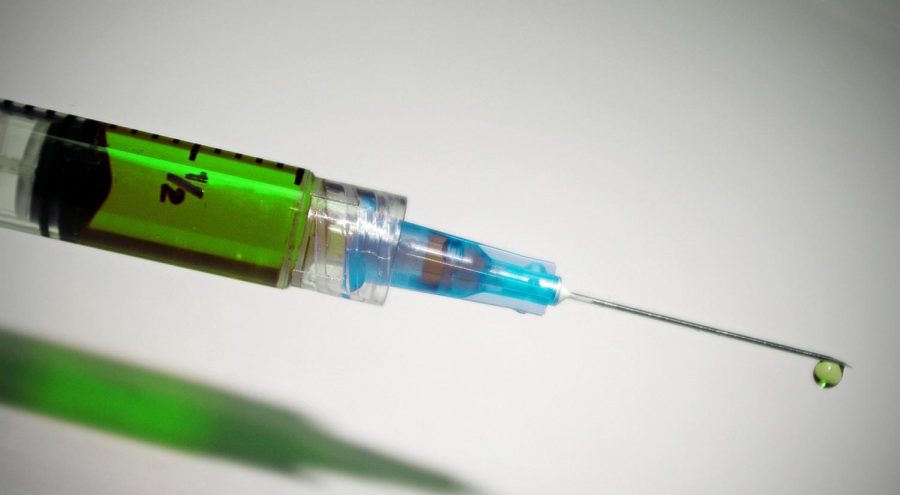Capital Punishment Today
February 21, 2020
Capital punishment has been used by most societies since the begining of civilization. The methods of execution in decades passed ranged from beheading, stoning, crucifying, hanging, burning, firing squad, guillotine, gas chamber, crushing, electrocution, and of course drawing and quartering (the process of tying each limb to one of 4 horses and well you can guess). In our now more “civilized” culture, the United States of America has its own take on capital punishment. Today, only 4 forms of execution are used in the : Hanging, firing Squad, electrocution, and lethal Injection. According to Deathpenaltyinfo.org, since 1976 lethal injection has been used 1,333 times in the US, while electrocution was used 162 times, gas was used 11 times, and both hanging and firing squad were used just 3 times each. Clearly leathal injection is the most common way of carrying out capital punishment. Unfortunately, lethal injection can be one of the most painful ways to end a life. Although the death penalty was ruled contitutional by the supreme court, the current means of execution are uncontitutional because they violate the right to be free of “cruel and unusual” punishment while in jail or prison, protected by the 8th ammendment.
Lethal injection requires a usable vein on the person’s arm to inject the lethal cocktail. But for many that have used drugs such as heroine, those veins can be extremely hard to find. This can result in a cancellation of the execution or sometimes the injection goes directly into the muscle tissue. This happened to Joseph L. Clark, a convicted murderer. During the injection his vein collapsed, his arm swelled, and Clark screamed “It don’t work, it don’t work!” His autopsy revealed he was pricked 19 times, it took 90 minutes before his heart stopped beating. It would be one thing if this story was 1 in a million, but it is far from a rare occurrence. Roughly 7% of all lethal injections in the US have been botched.
But even when all things go well, lethal injection is far from a painless process. For one thing, Midazolam is commonly used as a sedative for lethal injections. But in 4 cases since 2014, Midazolam has failed to effectively sedate the inmate, resulting in a far from humane execution. When the sedative fails the inmate remains conscious as the other drugs take effect. The main drug of choice is potassium chloride which, if properly administered, will cause cardiac arrest in about 90 seconds, but if the inmate is not properly sedated, death will be extremely painful.
The other method of execution, less commonly used, is electrocution. This method used volts of electricity to shock the body to death. This often results in burning flesh and hair, producing a gut wrenching stench, and literally frying the inmate. This is far from humane and definitely enters the territory of cruel and unusual punishment. So why do we use these methods?
Originally they were seen as a more humane way to end a person’s life, and compared to some of the torturous methods used throughout history that is true. But methods such as hanging and firing squad ,although they could be seen as barbaric, result in a much quicker demise,. Is it worth the pain that the inmates go through, to make watching an execution more bearable?
Capital punishment should be completely stopped unless the ways of execution change. 16 states have outlawed capital punishment. Whether or not you believe capital punishment is ethical, it is obvious that the current methods of execution are inhumane and violate the constitution.


